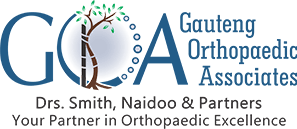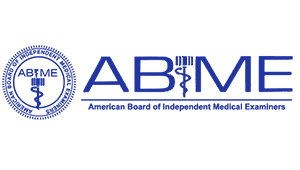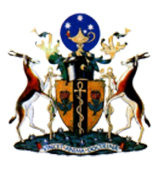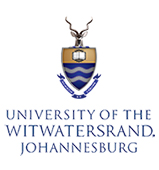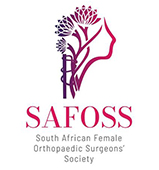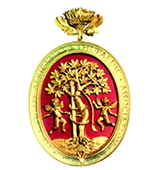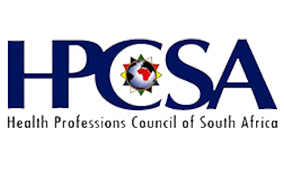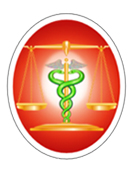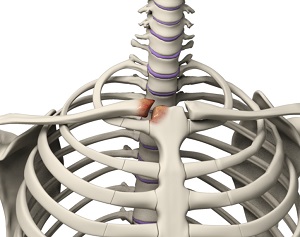
What is Sternoclavicular Arthritis?
The term arthritis means inflammation of a joint and is associated with cartilage damage. Cartilage is a cushioned padding lining the bones that make up a joint in order to absorb stress during movement. Damage of the cartilage in the sternoclavicular joint of the shoulder causes sternoclavicular arthritis. When the cartilage is damaged, the two bones rub against each other causing pain, swelling, and stiffness of the joint. This condition is called arthritis. There are many types of arthritis. Osteoarthritis (wear-and-tear brought about by old age) is the most common form of arthritis that affects the sternoclavicular joint.
Anatomy of the Sternoclavicular Joint
The sternoclavicular joint, commonly called the SC joint, is located between the breastbone (sternum) and the collarbone (clavicle). The SC joint is one of the 4 joints that complete the shoulder and is the only joint that links the arm to the body. Like any other joints, the SC joint is covered by articular cartilage that helps the bones slide effortlessly against each other during arm and shoulder movement. The cartilage is lubricated by synovial fluid. Tough connective tissue known as ligaments surrounds the SC joint providing stability and strength.
Causes of Sternoclavicular Arthritis
Osteoarthritis is caused by the wearing out of the cartilage covering the bone ends in a joint. This may be due to excessive strain over prolonged periods of time, or due to other joint diseases, injury or deformity. Primary osteoarthritis is commonly associated with ageing and general degeneration of the joints.
Secondary osteoarthritis is generally the consequence of another disease or condition, such as repeated trauma or surgery to the affected joint, or abnormal joint structures from birth.
Signs and Symptoms of Sternoclavicular Arthritis
Sternoclavicular arthritic symptoms generally include swelling and pain or tenderness in the joints for more than two weeks, redness or heat in the joint, limitation of motion of the joint, and early morning stiffness.
In an arthritic sternoclavicular joint:
- the cartilage lining is thinner than normal or completely absent. The degree of cartilage damage and inflammation varies with the type and stage of arthritis.
- the joint space is narrowed and irregular in outline; this can be seen in an X-ray image.
- bone spurs or excessive bone can also build up around the edges of the joint.
Diagnosis of Sternoclavicular Arthritis
Your doctor will diagnose sternoclavicular arthritis with your medical history, physical exam, and X-rays of the affected part. Computed tomography (CT) scans and magnetic resonance imaging (MRI) scans may also be ordered to diagnose arthritis.
Treatment for Sternoclavicular Arthritis
There is no cure for arthritis, but the symptoms can be managed. Your doctor may prescribe conservative treatment such as pain and anti-inflammatory medicine, and advise ice application, rest, and occupational therapy or physical therapy, which includes exercises and heat treatment. To reduce pain, your doctor may administer a steroid injection directly into your joint.
Surgery may be considered in severe cases, where the patient continues to complain of significant pain and disability despite 6 months of conservative treatments. Surgery involves removal of the damaged surfaces of the sternoclavicular joint. Surgeries for treatment of sternoclavicular joint arthritis include:
- Arthroscopic joint debridement (cleansing): A commonly performed surgical procedure to remove damaged cartilage/bone, bone spurs, and inflamed synovium tissue that lines the inside of the joint capsule using an arthroscope and tiny surgical instruments through small incisions.
- Medial clavicle excision: A surgical procedure which involves removal of 1 cm of the medial clavicle, inflamed synovium, and intra-articular disk (if needed) through an open or arthroscopic surgery to treat shoulder pain and disability due to arthritis or bony impingement. This is a rarely performed surgery due to its inherent risk of damage to major neurovascular structures.
